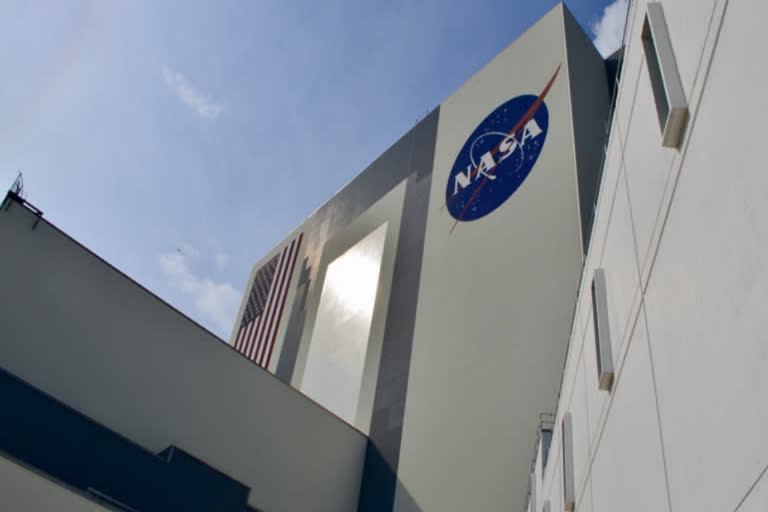Washington: NASA has selected four small-scale astrophysics missions for further concept development in a new program called "Pioneers" to study the secrets of the universe.
Through small satellites and scientific balloons, these selections enable new platforms for exploring cosmic phenomena such as galaxy evolution, exoplanets, high-energy neutrinos, and neutron star mergers, the US space agency said.
"The principal investigators of these concept studies bring innovative, out-of-the-box thinking to the problem of how to do high-impact astrophysics experiments on a small budget," said Thomas H Zurbuchen, associate administrator of NASA's Science Mission Directorate.
"Each of the proposed experiments would do something no other NASA telescope or mission can do, filling important gaps in our understanding of the universe as a whole."
Aspera is a SmallSat that will study galaxy evolution. Through observations in ultraviolet light, it will examine hot gas in the space between galaxies, called the intergalactic medium, and the inflow and outflow of gas from galaxies.
Pandora is a SmallSat that will study 20 stars and their 39 exoplanets in visible and infrared light.
"Understanding how changes in starlight effect measurements of exoplanets is an outstanding problem in the search for habitable planets beyond the solar system," NASA said.
StarBurst is a SmallSat that will detect high-energy gamma rays from events such as the mergers of dense stellar remnants called neutron stars.
This would provide valuable insight into such events, which are also detected through gravitational waves by observatories on Earth.
Finally, PUEO is a balloon mission designed to launch from Antarctica that will detect signals from ultra-high energy neutrinos, particles that contain valuable clues about the highest-energy astrophysical processes, including the creation of black holes and neutron star mergers.
"Neutrinos travel across the universe undisturbed, carrying information about events billions of light-years away. PUEO would be the most sensitive survey of cosmic ultra-high energy neutrinos ever conducted," the US space agency noted.
After additional definition, these four concept studies will undergo a concept study review before being approved for flight.
"Through this program designed to attract young professionals, we received two dozen great ideas from a diverse cohort of innovators at universities, research laboratories, and NASA centers," said Paul Hertz, director of NASA's astrophysics division at NASA Headquarters in Washington.
Also Read: The 11 biggest space missions of 2021 (and their chances of success)
(Inputs from IANS)



